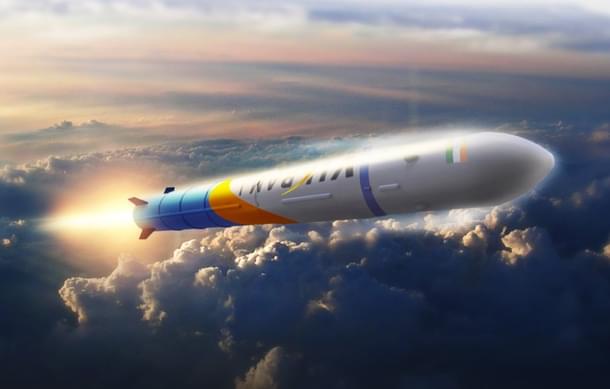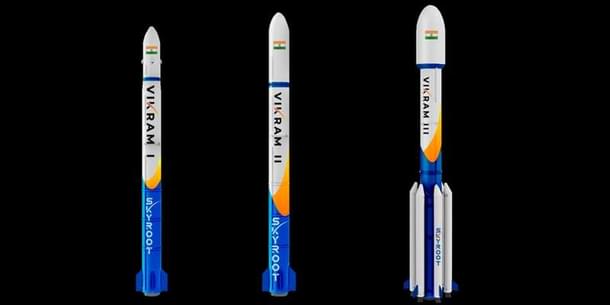News Brief
All About India’s First Private Aerospace Company To Successfully Test A Homegrown Rocket Engine
Swarajya Staff
Aug 13, 2020, 05:58 PM | Updated 06:06 PM IST
Save & read from anywhere!
Bookmark stories for easy access on any device or the Swarajya app.


On 12 August, the 101st birth anniversary of Vikram Sarabhai, Hyderabad-based space-launch startup Skyroot Aerospace became the first Indian private company to successfully test-fire a homegrown rocket engine.
The engine, named Raman after Nobel laureate C V Raman, is meant for the upper-stage of the series of launch platforms the company is currently working on. The upper-stage of the rocket delivers thrust for the last part of the rocket’s journey before the payload is deployed in the designated orbit.
It is the first entirely 3-D printed rocket engine in the country, and Skyroot says it is capable of producing a thrust of around 3.4kN.
By using 3-D printing instead of traditional manufacturing, the company has not only managed to reduce the total number of components but also the overall mass and the lead time. While the overall mass of the engine has been reduced by nearly 50 per cent, the lead time has been cut down by 80 per cent.
The company plans to have its first rocket ready by the end of next year. It is on track to test two more rocket stages in another six months.

The company’s co-founder and chief operating officer Naga Bharath Daka has said that the startup is targeting launch in December 2021.
The first launch platform that the company is working on is a three-stage rocket with a liquid module, called the orbit adjustment model. The ‘Raman’ engine tested by the company will be part of this module, CEO and co-founder of Skyroot Aerospace, Pawan Kumar Chandana, was quoted by the Business Insider as saying.
The company plans to target the small-satellite market, which is likely to grow rapidly over the next decade. According to a November 2018 study by Northern Sky Research, a US-based provider of space industry intelligence, 6,500 small satellites will be launched for applications such as communication and remote sensing by 2027.
From Internet to weather monitoring, small satellites are being used for all purposes. This trend, experts say, is only going to accelerate.
At least 600 small satellites were launched in 2018 alone.
The Indian Space Research Organisation (ISRO), recognised for its low-cost launch solutions, is also working on a platform of its own for small satellites, called the Small Satellite Launch Vehicle, to boost its commercial operations.
Experts say the government’s decision to open up the state-owned space architecture in India, including ISRO-run facilities, for private space players, will help them develop, test, and scale up technology much more easily.
The company is also focusing on lowering the cost of launch, a fey factor for success in the small satellite launch market. “We envision a future where spaceflight is as regular, reliable and affordable as airflight,” the company says on its website.





